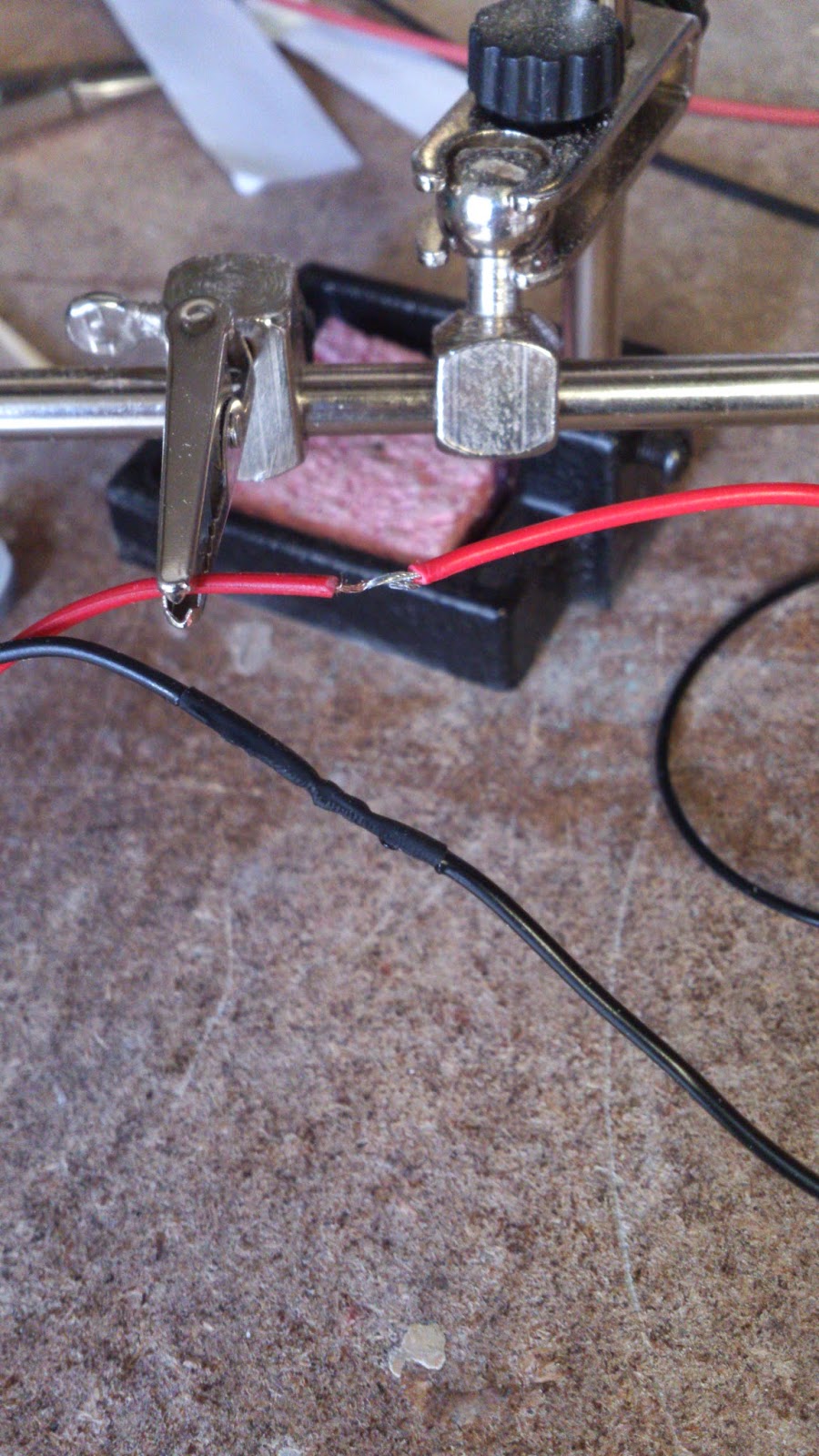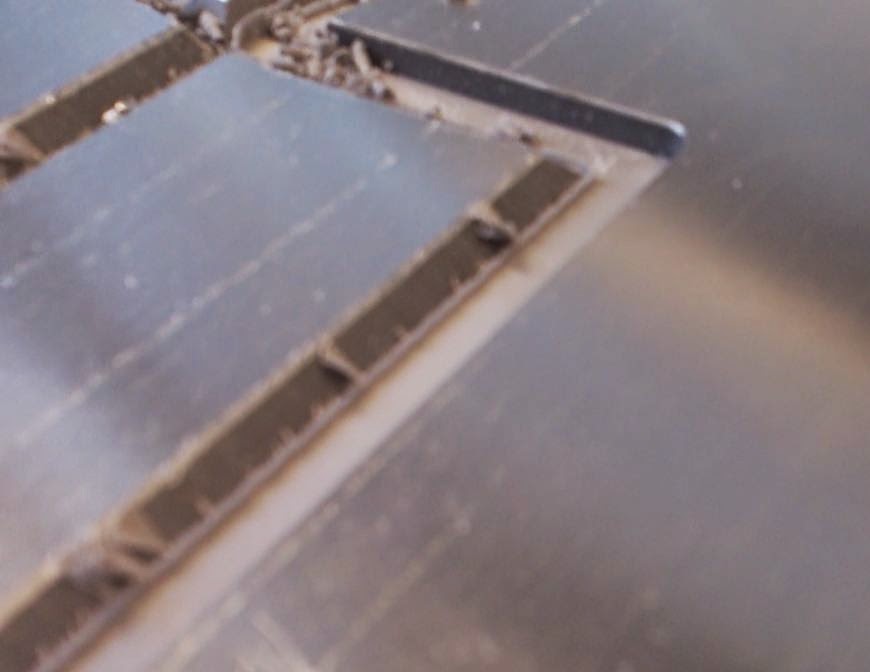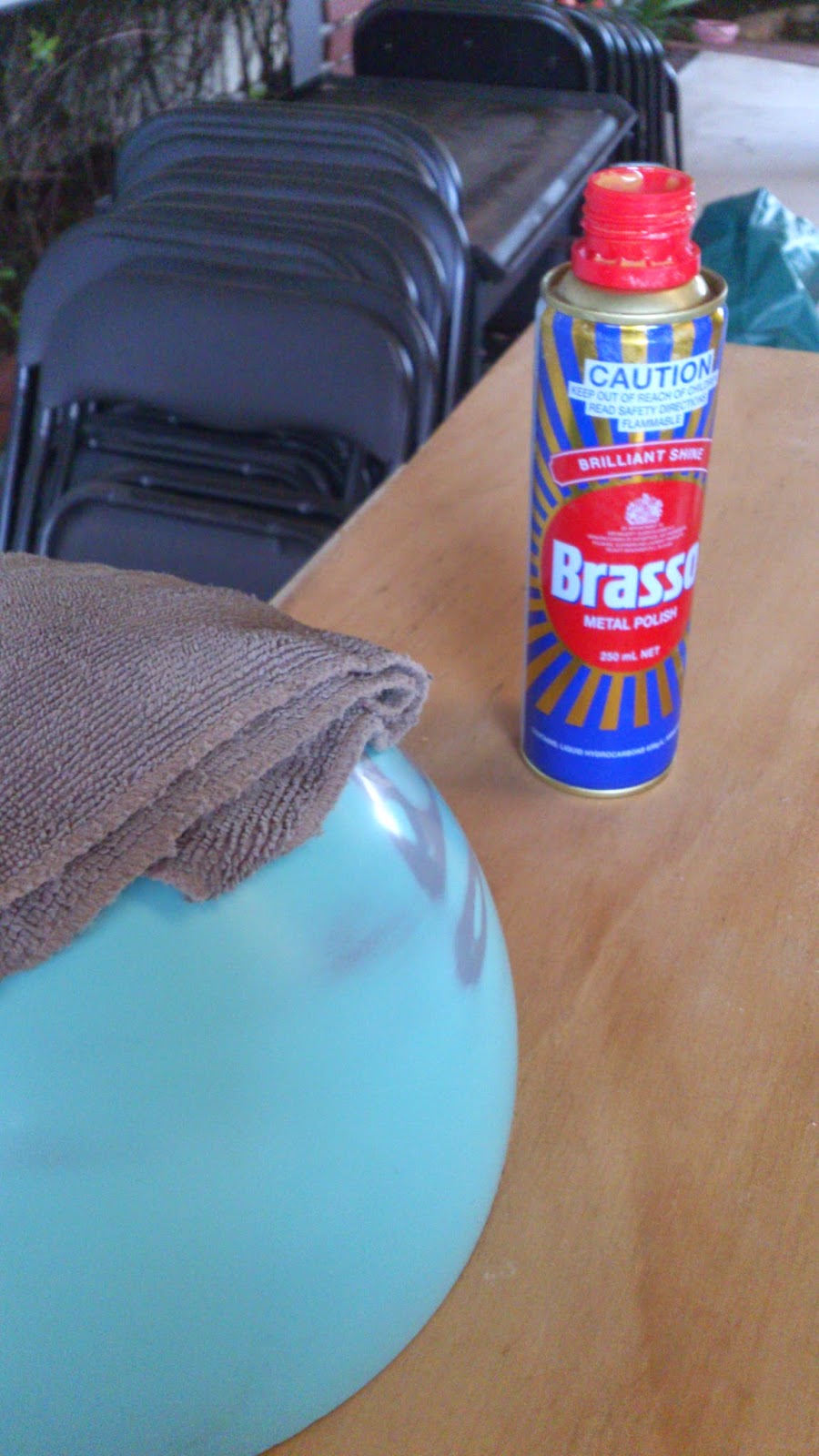- New Base
- New Top Sphere Attempt
- Assembly
- Design Refinement
New Base - The previous base was too small to support the weight of the arm without rolling out of the ring. A larger ring of contact was needed, and so I turned a mould to cast in which supports the lamp. I used timber to create the mould, then sealed it with Cabothane and coated it with Vaseline to keen teh cement from bonding to the timber. The bolt helped remove the casting from the mould.
New Top Sphere Attempt - I'm not happy with the way the first top piece turned out, so I figured i should attempt to cast the part using plaster as the mould. The first step was to use the MDF sphere's bottom half to create the domed mold. The plan was to use this dome, place the top part of the MDF sphere in the dome and pour plaster into the empty space where the housing is. Finally, removing the parts and plaster insert from the dome would leave me with the right parts to cast a new top part. The plan fell apart when I could not remove the plaster from the housing section. Otherwise, I think this would have worked.
Assembly - With all the parts finally cast and ready, I drilled the holes with a masonry bit into both sides of the sphere, mixed some Araldite and assembled the two halves around the arm with threaded rod.
Design Refinement - After consideration and time to brainstorm, I've come up with some alternative solutions. The most pressing issue is balancing the arm. Different materials could solve this. Also a more foxed base solution.
























































